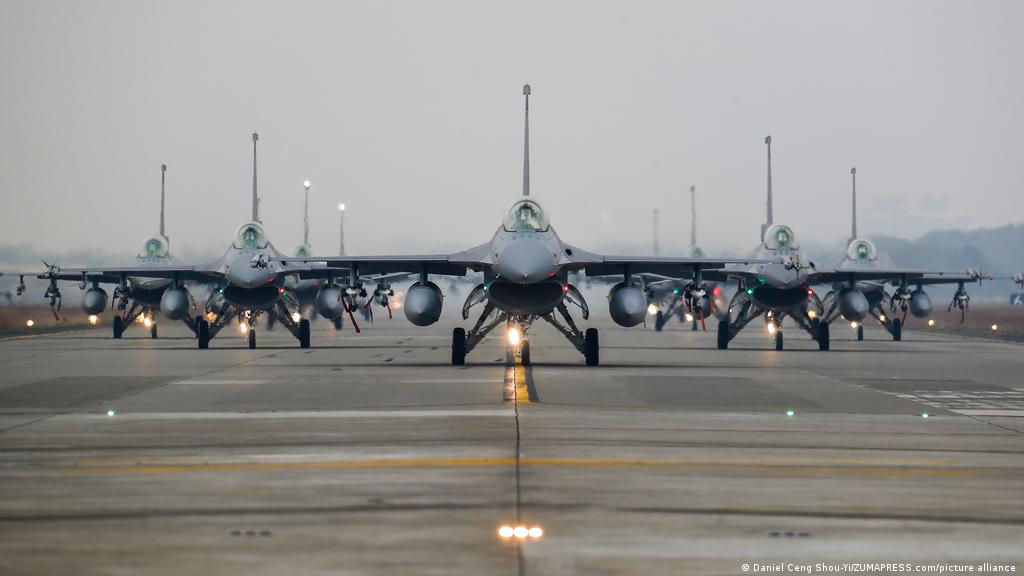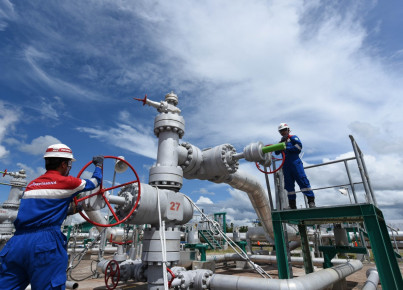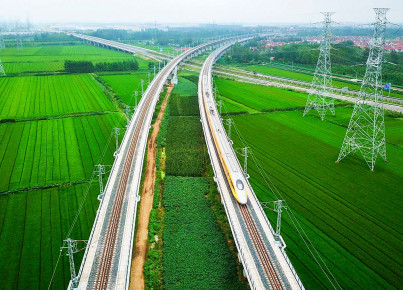The Asia Pacific area is the new center of global dynamics, and greater interests result in greater responsibilities: an overview of security perception in the region
The Philippines has been trying to defend sovereignty over the South China Sea since 2013. In that year, Manila officially filed a lawsuit against China in the Permanent Arbitration Court in The Hague and 3.38$ billion was expended for defense. It is one of the archipelago's largest investments in the military sector of the last decade, which peaked in 2017, when the perception of Chinese assertiveness in the region began to become more evident. But the goal was not just a preemptive move for a hypothetical conflict in the South China Sea: President Rodrigo Duterte's "war on drugs" had turned into a massive and indiscriminate campaign against organized crime, and there was a lack of means to manage it. While the international community was witnessing an escalation of violence in the country and trying to distance itself, it was the People's Republic of China who supplied the Philippines’ army.
It is not easy to analyze a state's military spending, how it is managed and what conditions it can create in foreign policy. Governments often enter arms contracts with countries that could be the very reason for improving the military arsenal and showing themselves "ready" in the event of a conflict. But there is no lack of internal reasons for not letting our guard down. This is what has been happening in Asia from the beginning of the 2000s to today, in a region that is increasingly characterizing international dynamics and interests. In this scenario, the game is being played between the major global powers, and the countries of the area can only respond by taking preventive measures: arm themselves, modernize and integrate themselves into the most advantageous dynamics of globalization. And the crises of recent years have contributed to increasing the perception of insecurity.
The Sipri report
According to the 2019 report by the Stockholm International Peace Institute (Sipri) dedicated to Southeast Asia, it is in this region that the purchase of arms and defense spending have reached the greatest surge in the last twenty years, surpassing the trends of other areas. Among the causes identified by analysts, the rise of Chinese power, but also internal conflicts or tensions along the borders. But the alarming element, the report highlights, is another: in Asia the mechanisms for managing armed conflicts and territorial disputes are lacking - or are unclear. Both the “Asean way” in international affairs and Chinese foreign policy contribute to creating this pattern, both characterized - often - by attempts to avoid direct confrontation and implicit and often cryptic attitudes. The most exemplary case remains precisely that of the South China Sea, where not only the movements of military vehicles, but also the exploration of gas and mineral deposits, or illegal fishing, take place indiscriminately despite the countries having ratified the United Nations Convention. on the Law of the Sea (UNCLOS) - and despite the promise of a "code of conduct" soon.
Going into detail, the military spending of the ten ASEAN countries increased by 33% between 2008 and 2017, even if the reasons behind this choice are different. The countries involved in the territorial disputes in the South China Sea are the ones that have increased investments the most: a response to the unilateral actions considered "suspicious" by Chinese ships and planes. In the other cases, however, the concern and uncertainty towards the neighborhood and the porosity of the borders, which favor the movement of rebel groups, are no less evident: this is what is declared in most contracts for the import of arms, citing the fight against terrorism, organized crime and the transfer of advanced technologies to improve the quality of military operations. Recent cases of inefficiency of military assets, such as the dramatic loss of the crew of the Indonesian Indonesian submarine KRI Nanggala-402, have also raised concerns over equipment modernization.
Exporters and importers
After an initial phase of dependence on the US, Russia, or China, in recent years Asian countries have begun to diversify their suppliers of weapons and military technologies. Today, Sipri data confirm, a significant part of the arms trade flows to Asian markets. This is where 37% of exports from the US, the largest arms exporter in the world, come in, as well as 55% of those from Russia, albeit in decline. Other important exporters are Japan and South Korea, while India occupies a small share of the Burmese market - which with the arrival of the military junta in power seeks to reduce the dependence it has matured towards Beijing.
In Malaysia, in addition to Korea, arms imports from Spain and Turkey play an important role. France does not represent a key player as an arms exporter but, with the growth of international interests in Asian waters, seeks to play a role in monitoring and exercise operations: the latest case dates to the 2021 operations in the Indian Ocean as part of the of the Quad chord. The fledgling alliance desired by the Biden administration is, however, fragile: an element that contributes to influencing the perception of security in Asia.
Cold tensions and new threats
Although Asia has a low percentage of conflicts, concentrated mainly within the countries themselves, there is no lack of conditions for an escalation of tensions in some hotspots of the region. To name a few: the dispute between Malaysia and Brunei over exploitation of the common stretch of sea, the claims of Cambodia and Thailand along the border and the claims of the Philippines on the (now Malaysian) district of Sabah.
Finally, with a view to renewing the defense, the role of global crises is no less important. One such factor is the growing presence of Washington and allies in the Pacific to monitor the region as China's containment practice. The conflict in Ukraine also raises new questions (or rather concerns) on the evolution of global relations: on the one hand, sanctions against Russia represent an unexpected event for countries that receive assistance and weapons from Moscow (such as Vietnam and Myanmar), on the other, Kiev itself exports a small part of weapons (in particular, missiles) to Vietnam and Thailand. Ultimately, the diplomatic impasse and the violence of the conflict could not only increase uncertainty about one's own military capabilities and resources, but also open up the possibility of the international community’s powerlessness to intervene on the ground.






